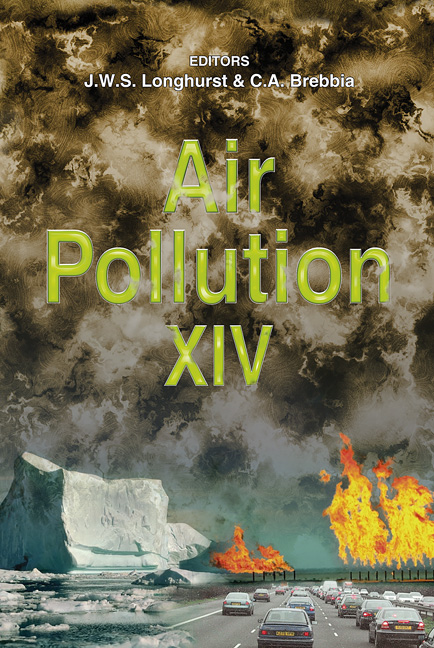Toxic Organic Air Pollutants In The Atmosphere Of São Paulo And Its Origins: Dioxins, Furans (PCDD/Fs) And Polycyclic Aromatic Hydrocarbons (PAHs)
Price
Free (open access)
Transaction
Volume
86
Pages
10
Published
2006
Size
269 kb
Paper DOI
10.2495/AIR060281
Copyright
WIT Press
Author(s)
J. V. de Assunção, C. R. Pesquero, R. P. da Nóbrega & R. de Abrantes
Abstract
Air quality in the São Paulo Metropolitan Region has shown improvement for some pollutants such as total suspended particulate matter, and carbon monoxide, being that sulphur dioxide control has been a success, according to São Paulo State Environment Agency (CETESB) data. However, inhalable particulate and ozone still are a serious problem. Ozone levels have remained constant and have frequently exceeded air quality standards. Levels of ozone depend on the presence of organic compounds and nitrogen oxides in the air, which emissions are still increasing in the region. Besides ozone formation, organic compounds can be toxic, several of them with proven carcinogenic effect. In this work, measurements, levels and sources of dioxins, furans and polycyclic aromatic hydrocarbons were reviewed. The results show that air levels and emissions of vehicles have importance, but industry emissions in urban areas and open burning in rural areas should also be addressed; measures should be taken to reduce them. Moreover, a wider program involving these toxic substances should be implemented, and it should contain an emission inventory and an emission reduction scheme, aiming at the prevention of health effects, especially neoplasias. Keywords: toxic pollutants, dioxins, furans, PAH, São Paul, Brazil, atmosphere.
Keywords
toxic pollutants, dioxins, furans, PAH, São Paul, Brazil, atmosphere.





